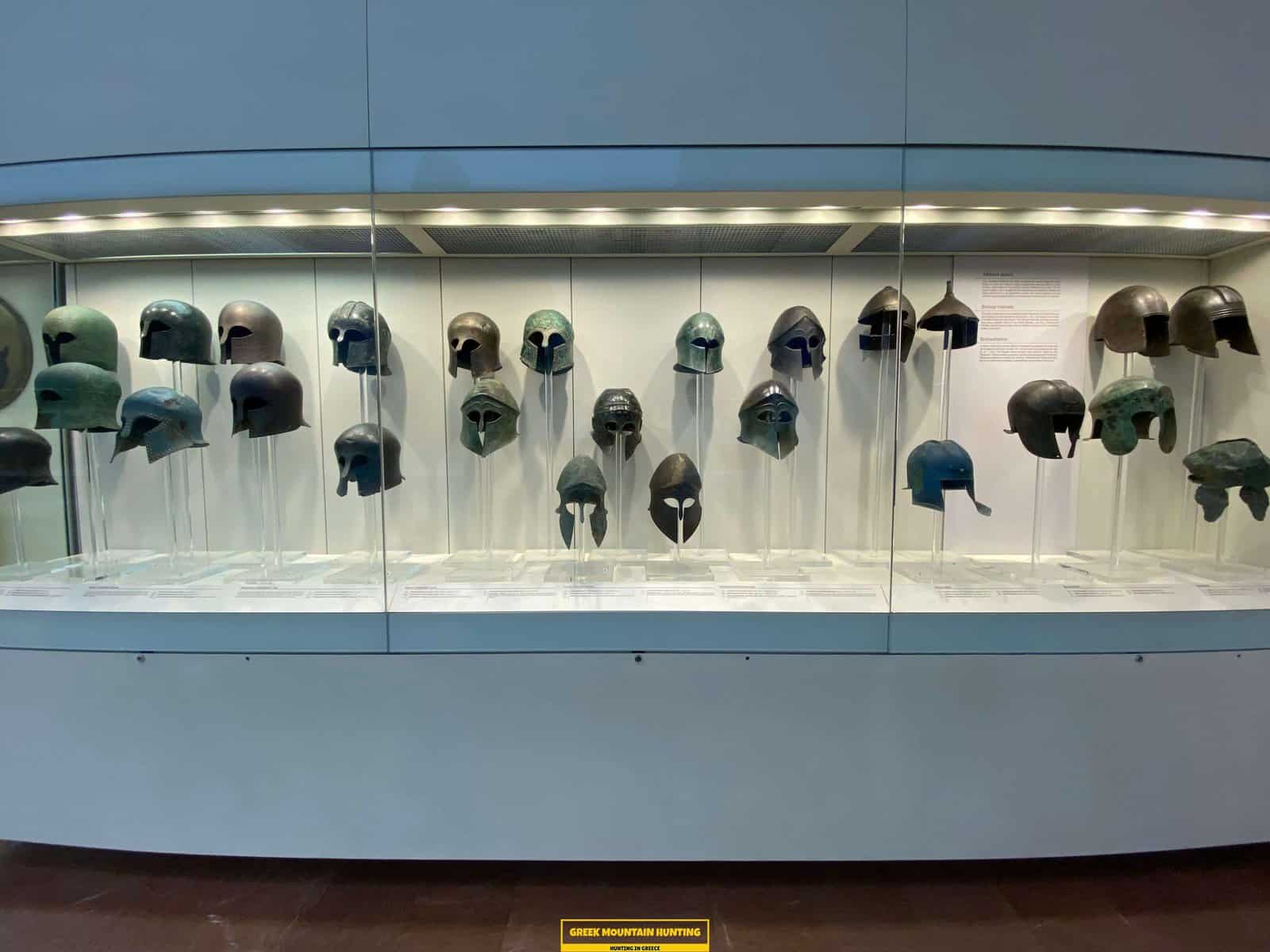The Most Effective of Greece: A Hunting and also Touring Peloponnese Tour from Methoni
The Most Effective of Greece: A Hunting and also Touring Peloponnese Tour from Methoni
Blog Article

The ibex hunt is an unbelievable getaway as well as amazing hunting exploration in Greece. It is not constantly a challenging quest as well as unpleasant conditions for many seekers. What else would you like to imagine during your trip of ancient Greece, diving to shipwrecks, as well as hunting for Kri Kri ibex on an exotic island for 5 days?

Since the ibex population is ever-changing, the number of tags varies. The Kri-Kri, despite being the smallest ibex in regards to body weight (Capra Aegagrus Cretica), has long. A couple of samplings that were not counted measured 115 centimeters. The gold prize is 61 centimeter (24 inches) in length. Hunting of Kri-Kri ibexes, is presently allowed on Atalanti as well as Sapientza in Greece (Capra Aegagrus Cretica). Starting on Atalanti in the recently of October as well as the first week of December, ibex searching is allowed. Hunting is enabled the whole month of November in Sapientza, as long as the weather is favorable.
On our Peloponnese trips, you'll get to experience all that this impressive region has to provide. We'll take you on a scenic tour of some of the most beautiful as well as historic websites in all of Greece, including ancient damages, castles, as well as extra. You'll additionally get to experience several of the standard Greek culture firsthand by appreciating some of the tasty food as well as a glass of wine that the region is recognized for. And also certainly, no journey to Peloponnese would certainly be full without a dip in the shimmering Mediterranean Sea! Whether you're a knowledgeable hunter trying to find a newbie traveler or a brand-new experience simply wanting to discover Greece's magnificent landscape, our Peloponnese excursions are ideal for you. What are you waiting for? Reserve your journey today!
Experience 'Real' Greece with Our Peloponnese Tours. Look no even more than our Peloponnese tours if you're looking for a genuine Greek experience. From old ruins and castles to scrumptious food as well as red wine, we'll show you every little thing that this outstanding area has to supply. So what are you waiting on? Book your trip today! Your Kri Kri ibex searching in Greece is here!
What is the diference between Kri Kri ibex, Bezoar ibex and hybrid ibex
The kri-kri is not thought to be indigenous to Crete, most likely having been imported to the island during the time of the Minoan civilization. Nevertheless, it is found nowhere else and is therefore endemic to Crete. It was common throughout the Aegean but the peaks of the 8,000 ft (2,400 m) White Mountains of Western Crete are their last strongholds–particularly a series of almost vertical 3,000 ft (900 m) cliffs called ‘the Untrodden’—at the head of the Samaria Gorge. This mountain range, which hosts another 14 endemic animal species, is protected as a UNESCO Biosphere Reserve. In total, their range extends to the White Mountains, the Samaria National Forest and the islets of Dia, Thodorou, and Agii Pandes.
This Ibex is NOT a diminutive form of the Bezoar Ibex, which has migrated into the western-most reach of the range of this species. The kri – kri (Capra aegagrus cretica), sometimes called the Cretan goat, Agrimi, or Cretan Ibex, is a feral goat inhabiting the Eastern Mediterranean, previously considered a subspecies of wild goat. The kri-kri has a light brownish coat with a darker band around its neck. It has two horns that sweep back from the head. In the wild they are shy and avoid tourists, resting during the day. The animal can leap some distance or climb seemingly sheer cliffs.
“The agrimi goat Capra aegagrus cretica is unique to Crete and its offshore islands. It has been identi®ed as a sub-species of the wild bezoar goat Capra aegagrus aegagrus Erxleben, 1777, which it closely resembles in horn shape, body form and coloration. This classi®cation has been disputed by some researchers who claim that the agrimi are feral goats, derived from early domestic stock brought to the island by the ®rst Neolithic settlers. In order to clarify this issue, DNA analyses (cytochrome b and D loop sequences) were carried out on tissue of live and skeletonized agrimi and compared to sequences of wild and domestic caprines. Results conclusively show the agrimi to be a feral animal, that clades with domestic goats (Capra hircus) rather than with wild Asiatic bezoar. This study demonstrates that morphometric criteria do not necessarily re¯ect genetic af®nities, and that the taxonomic classi®cation of agrimi should be revised.”
Report this page